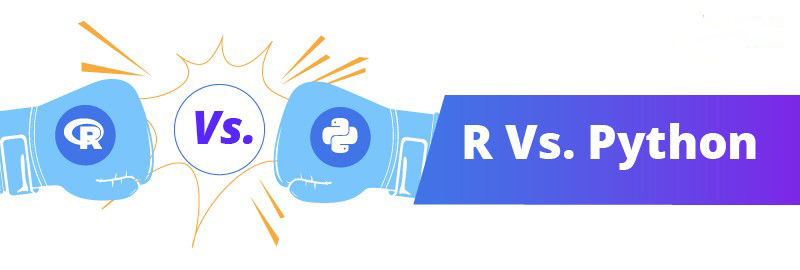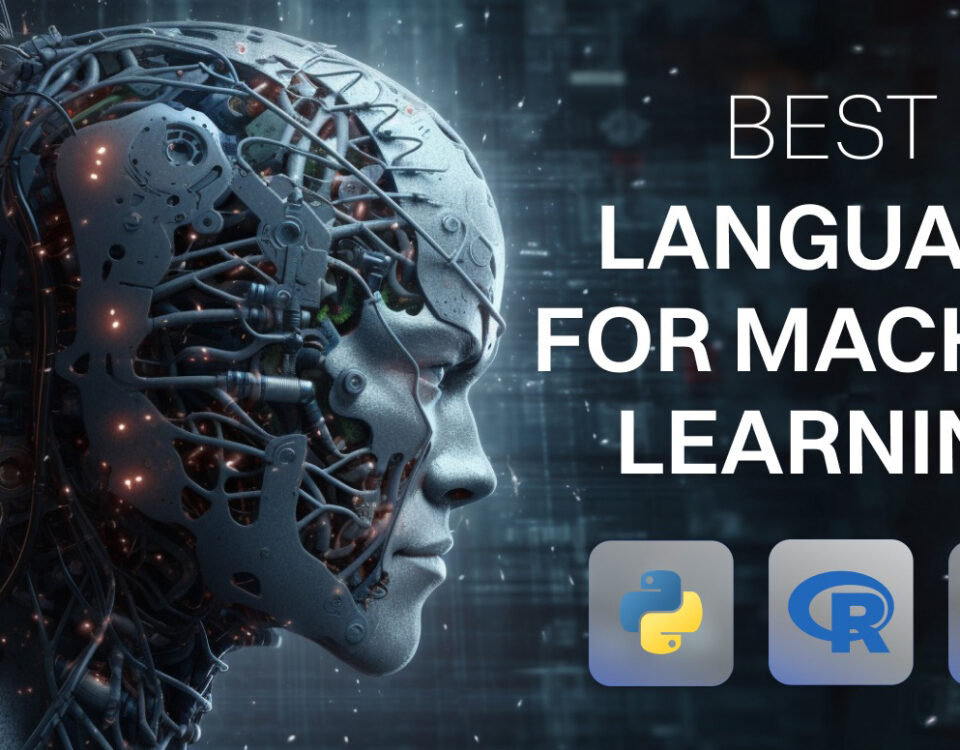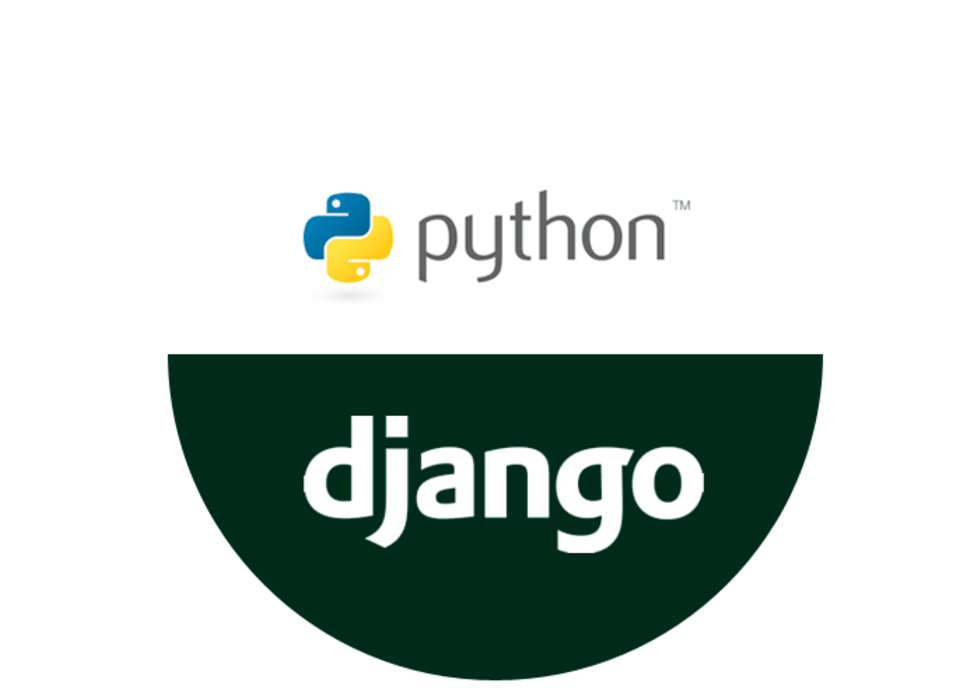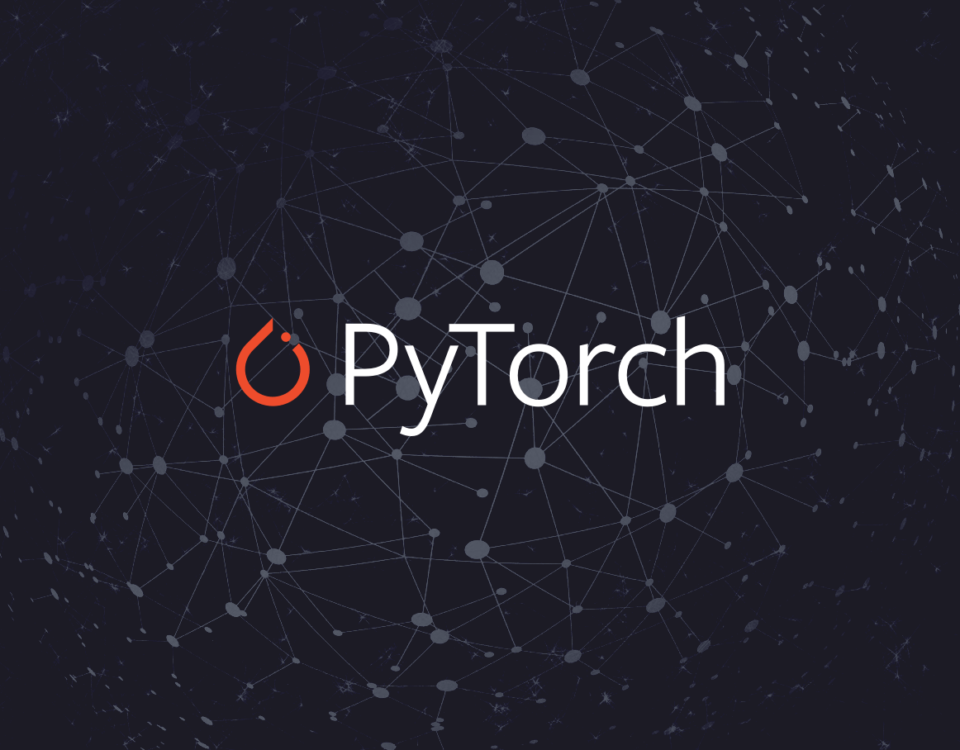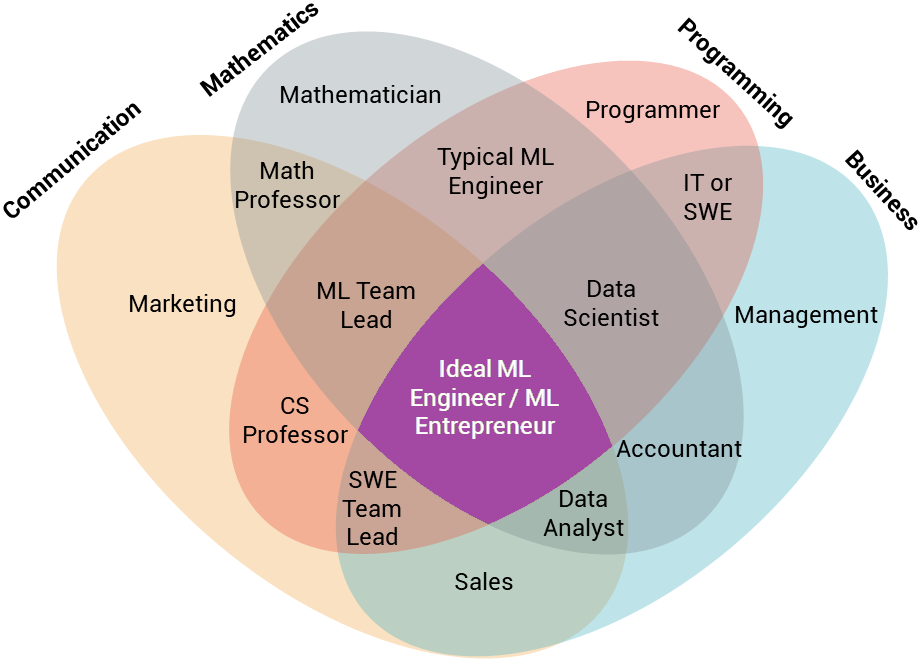
Machine Learning Engineer vs Data Scientist: A Career Comparison
27th February 2020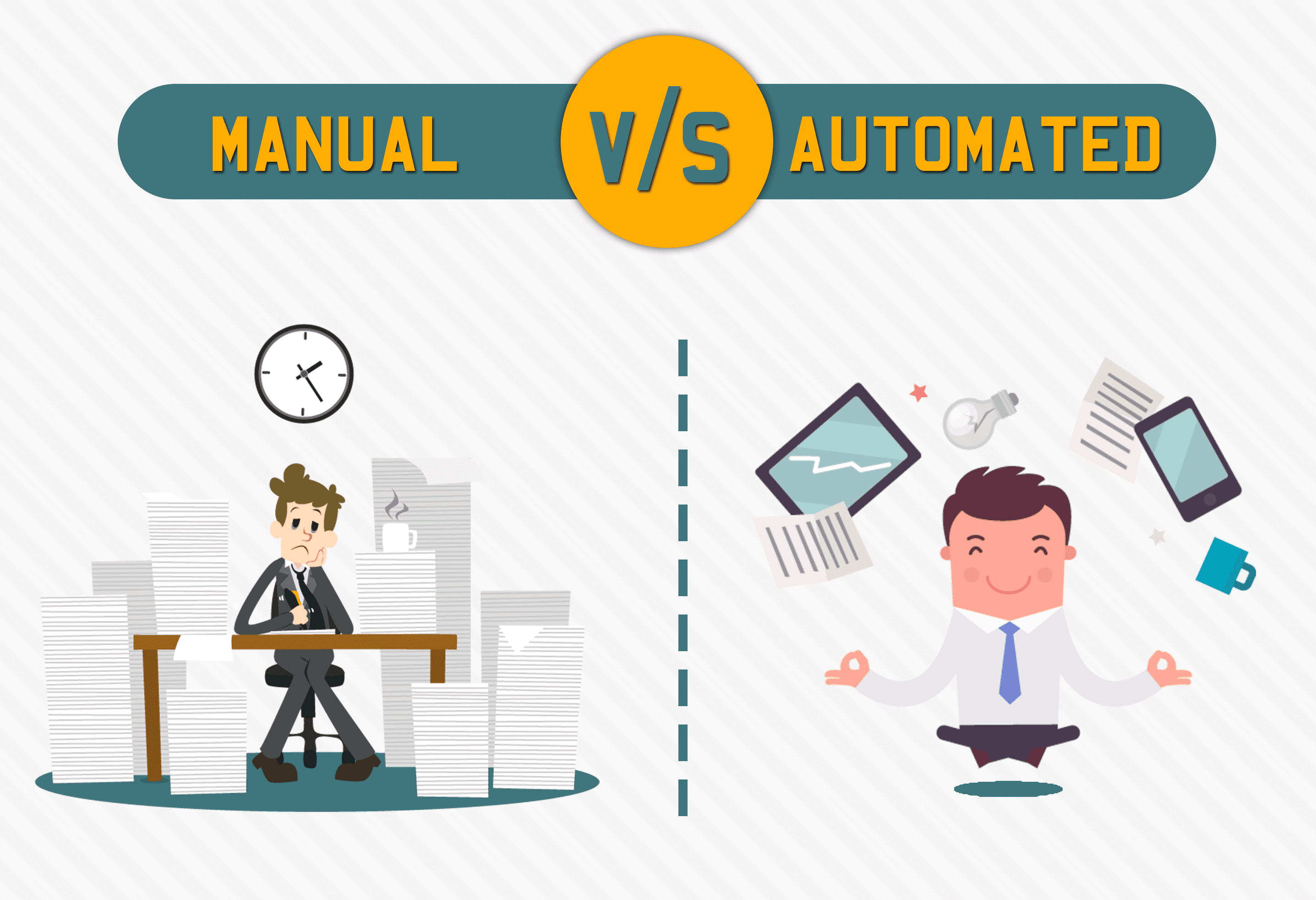
Automation Testing Vs. Manual Testing
5th March 2020R vs Python: History
Before diving deep into the nitty-gritty details of these languages, let us take a closer look at their history.
R Programming
R is a programming language (which was developed in Bell Labs) built specifically for Statisticians and Data Scientists. It is an implementation of the S programming language and is also inspired by the Scheme programming language.
R was conceived in 1992, released in the year 1995, and was created by Ross Ihaka and Robert Gentleman at the University of Auckland, New Zealand. Its current stable release is version 3.6.1. R is currently being maintained by the R-core group and R Foundation.
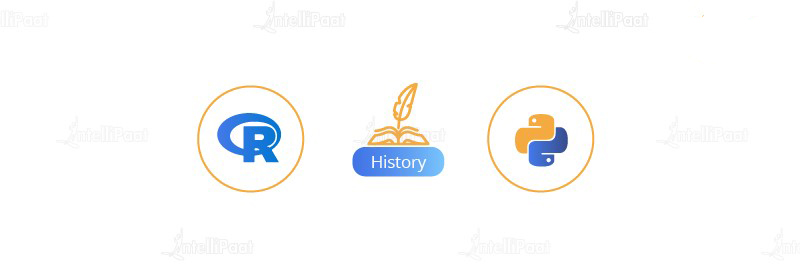
Python
Python is a scripting language that was developed by Guido van Rossum and was released in the year 1991. Python’s name is based on the famous British comedy group ‘Monte Python’. Python is a general-purpose, high-level, object-oriented scripting language and is used in different fields. It is currently being maintained by the Python Software Foundation (PSF) and its current stable release version is 3.7.4.
R vs Python: Syntax
Even though both these languages are quite popular with Statisticians and Data Scientists, they could not be more different than in their syntax and language semantics.
R Programming
R’s syntax is going to be more familiar to you if you are comfortable with the C programming language or with a language that was inspired by C, such as C++, Java, C#, etc. It follows the basic syntax rules of the C programming language, such as curly braces for code blocks.
In R, semicolons are optional and you don’t need them to end a statement, but if you wish to put multiple commands on a single line then a semicolon is needed.

Python
Python is one of the easiest languages to get familiar with because of its easy-to-read syntax that favours readability over preciseness. Python does not use curly braces or semicolons; instead, it uses indentation to group related lines of code in a code block.
Also, since there are no semicolons used to end statements, each line can contain only one programming statement, such as print, if, etc.
R vs Python: Performance
Now, let us compare these languages on the basis of one of the most important criteria, speed.
R Programming
Generally speaking, R is comparatively slower than Python. This is mainly because R was not designed keeping speed in mind but rather was created by Statisticians for data analysis and crunching through numbers with very high precision.
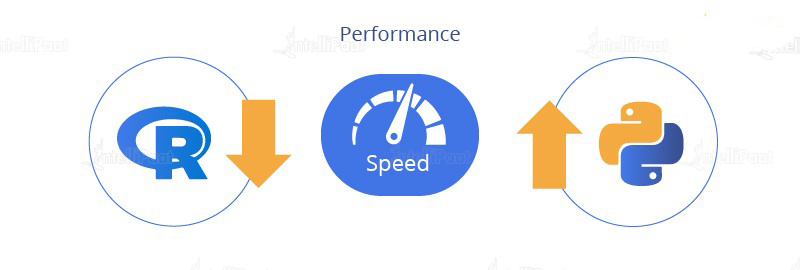
Python
Python is comparatively faster than R. This difference in speed holds up quite well if we are comparing these languages without the packages as these languages are quite versatile and can be interfaced with packages written in much faster languages like C or C++ and thus can reduce this disparity in speed.
R vs Python: Where are they used?
R Programming
As R is developed by statisticians for statistical data analysis, it is mainly used by scientists and researchers to process large sets of data. It is mainly used for research and academic purposes like statistical forecasting, data visualization, and so on.
However, R is now quickly expanding into the enterprise market as well, mainly because of its popularity and the availability of a large number of packages for statistical computation.

Python
As Python is a general-purpose programming language, we can use it to build different kinds of applications. We can use Python to build web applications using popular frameworks like Django or Flask.
R vs Python: Tooling
Now, let us compare these languages based on the tools available to ease the development of products.
R Programming
R has got many IDEs and packages to boost developer productivity and prevent developers from having to write everything from scratch. Packages such as dplyr, plyr, and data.table allows developers to easily manipulate data. Stringr is a package to manipulate strings.

Python
Python also has a large number of packages and IDEs for developers. Python has considerably more packages than R, because Python is a general-purpose programming language and R is mainly used for scientific computations. Python can be used with several IDEs like Spyder, PyCharm, etc. For Data Science, developers usually use Jupyter Notebooks, mainly because it allows them to save both the code and its output for later inspection. Python has packages like Scikit-Learn, OpenCV, Theano, Keras, TensorFlow, NumPy, etc. for Machine Learning and Data Science.
R vs Python: Conclusion
As we can see from our R vs Python comparison, like many other things in life, there is no clear winner here. In case you are on the crossroads and wish to choose between these languages, think about what you wish to build, as this is one of the things that can highly influence you to choose one language over the other. For example, if you wish to do research in a particular field and have a lot of time, then you can use R as it is heavily used in the field of research and academia; although it has a steep learning curve, it is better for research and analysis. On the other hand, if you wish to build an application that relies on some Data Science or Machine Learning technology, like Deep Learning, and you wish to develop this application quickly, then choosing Python is better as it allows you get started and build applications for the market faster. Now, if you have time, why not learn both? These are both great languages well worth your time.


